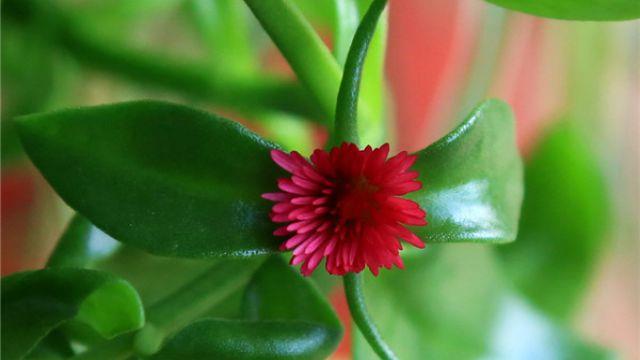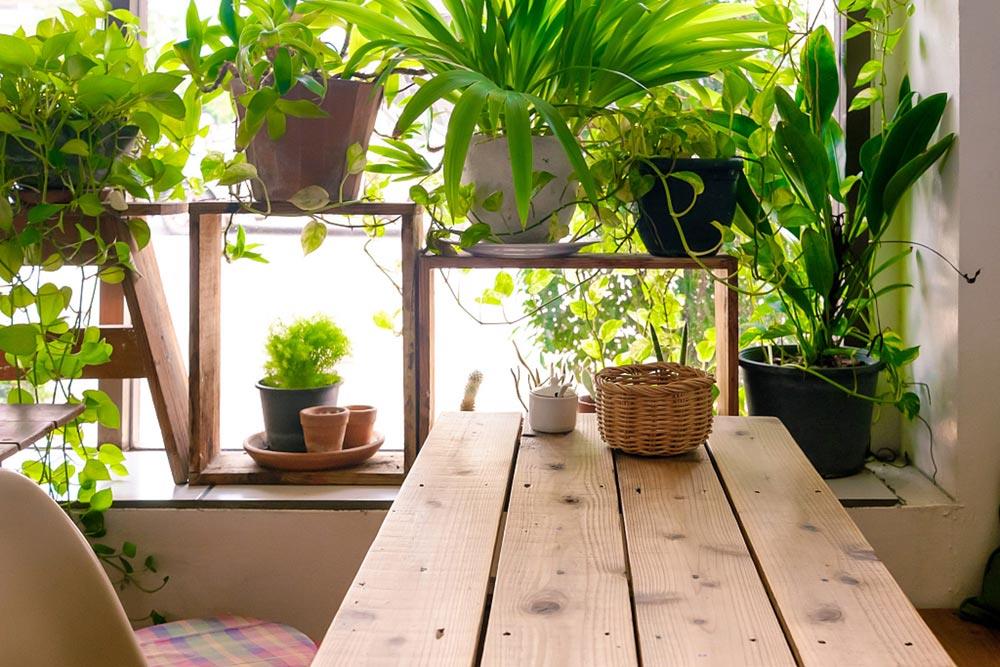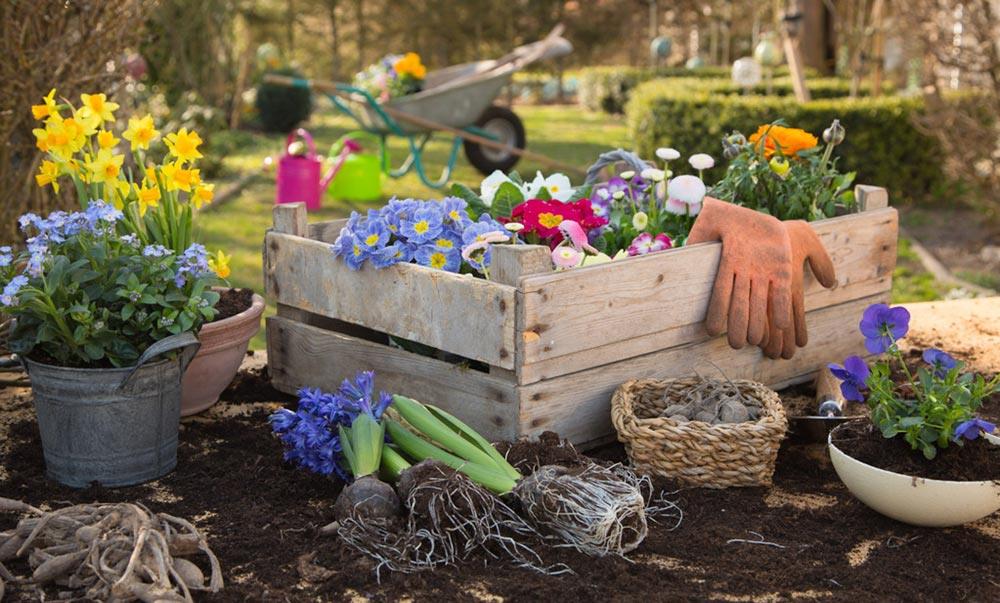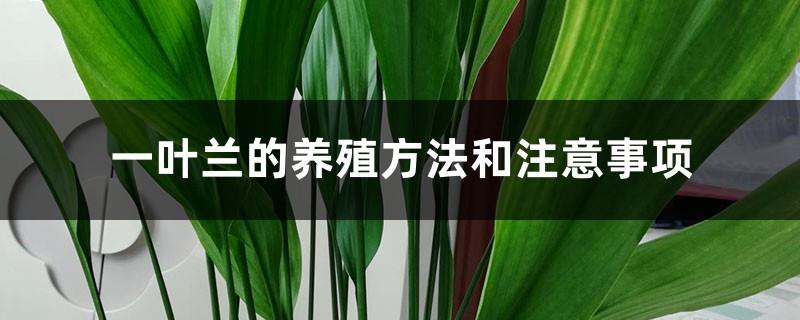How to grow Andrographis paniculata
Last Update :2024.06.25
Article Catalog
Temperature: Andrographis paniculata likes to be moist, and the suitable temperature is around 25-30°C, and cannot drop below 8°C; Transplanting: When Andrographis paniculata grows to a height of about 6 cm and has 3-4 leaves, it can be transplanted. Watering should be carried out in time; fertilization: fertilization can be done by medical stone fertilizer method, broken eggshell fertilizer method, cooked soybeans or rice water; pay attention to the prevention and control of diseases and insect pests.

1. Suitable temperature
1. Suitable temperature
Andrographis paniculata likes a high temperature and humid climate. It likes full sun and fertile soil. When seeds germinate and seedlings grow, the optimum temperature is around 25 to 30°C. When the temperature drops to 15 to 20°C, the growth will slow down; when the temperature drops to around 8°C, the growth will stop. When the temperature drops below 0°C, all plants will wither. Therefore, it is best to choose sandy soil with fertile, loose, and well-permeable soil for cultivation.

2. Transplanting
When Andrographis paniculata grows to a height of about 6 cm and can be transplanted when it has 3-4 leaves. Before transplanting, it is best to water the seedbed to facilitate soil-based seedling emergence. The survival rate will be very high. You should also choose to transplant in the evening or on a cloudy day. The distance between plants should be about 25 centimeters. Water immediately after planting. Watering once a day is appropriate. Also loosen the soil slightly to help it grow.

3. Fertilization
1. Medical stone fertilizer method: You can sprinkle a layer of medical stone particles on the soil of the flower pot. It can not only promote the growth of flowers, but also extend the flowering period.
2. Crushed eggshell fertilizer method: Crush the eggshells and bury them in the soil of the flower pot, so that they can grow lushly with colorful flowers and leaves.
3. Cooked soybeans: You can dig three small holes in the flower pot, put three to five grains to two to three inside deep, and cover them.
4. Rice washing water: Rice washing water not only does not damage the flower roots, but is also a mild compound fertilizer.

4. Pest Control
1 2. Damping blight: It will occur in 1-2 pairs of true leaves. The soil can be treated with 50% carbendazim, or the diseased area can be irrigated with 1000 times the solution.
2. Damping-off disease: If 2-3 pairs of true leaves occur, be sure to control the temperature, pay attention to ventilation, and strengthen seedbed management.
3. Black stem disease: usually occurs in the adult plant stage. Pay attention to timely removal of accumulated water, strengthen management, and avoid continuous cropping.
4. Epidemic: During the epidemic period, 50% carbendazim or 1000 times of the solution should be used to spray the diseased area.
In addition, we must also prevent and control cotton bollworms, mole crickets, and viral diseases.
2. Transplanting
3. Fertilization
4. Pest control
- END -
How to grow orchid and what to pay attention to

Soil: Choose loose, fertile, acidic soil as much as possible. Watering: Spray it w...
Are daisies given to the dead (the flower language of daisies of different colors)

Daisies are usually given to the deceased in memory of their deceased relatives. W...